When you buy a chipper, focus on what matters most. Check the gas wood chipper capacity, blade quality, and engine power. Pick a wood chipper that fits your yard’s needs. Look at trusted models like Landworks Compact Wood Chipper, GreatCircleUSA 3-in-1 Wood Chipper - 7HP Engine, 3, SuperHandy Wood Chipper Mini, and SuperHandy Leaf Vacuum & Wood Chipper. Compare the chipper features side by side. This makes it easier to choose the best one for you. You will not have to worry about your choice.
Key Takeaways
Make sure the chipper can handle the size of branches in your yard. This helps the chipper work well and keeps it from breaking.
Pick a chipper with a high reduction ratio. A higher ratio means you have less yard waste to clean up. This makes cleaning your yard easier and faster.
Get a chipper with strong, good-quality blades. Strong blades last longer and cut better. This saves you time and hard work.
Think about how much horsepower the engine has. A stronger engine can chip bigger branches and do harder jobs. This makes your work quicker and easier.
Safety features are very important in a chipper. Things like emergency stops and feed control bars help stop accidents. These features keep you safe while you work.
Gas Wood Chipper Capacity
Branch Size
When you pick a chipper, always check the branch size it can handle. The capacity tells you the largest branch the machine can chip. Some models can handle branches up to 3 inches thick, while others work best with smaller sticks. If you have a big yard with lots of trees, you need a chipper that can handle larger branches. For smaller yards or lighter debris, a compact chipper may be enough.
Tip: Never try to feed branches that are too big for your chipper. This can damage the blades and slow down your work.
Matching the gas wood chipper capacity to your yard size and debris type makes a big difference. Here’s why:
You get the right power and capacity for your needs.
You avoid jams and keep your chipper running smoothly.
You save time by chipping more in one go.
You create mulch that helps your garden.
Reduction Ratio
The reduction ratio shows how much the chipper shrinks your yard waste. A higher ratio means the machine turns big piles of branches into small, easy-to-handle chips. This is great for composting or making mulch.
Here’s a quick look at common reduction ratios and what they mean for you:
Reduction Ratio |
Example |
Impact on Usability |
|---|---|---|
10:1 |
8-inch branch to 0.8-inch chips |
Ideal for composting, decomposes faster |
Above 8:1 |
Finer material |
Nutrient-rich mulch for soil applications |
A wood chipper gas powered with a high reduction ratio can turn 10 cubic yards of branches into less than one cubic yard of chips. This means less hauling and more room in your yard. Always check the reduction ratio before you buy a wood chipper. It helps you manage debris better and keeps your yard tidy.
Blade and Chip Quality
Blade Material
When you look at a chipper, pay close attention to the blade material. The blade is the part that does all the cutting, so it needs to be tough and sharp. If you want your chipper to last, you should know what kind of steel the blade uses. Some blades wear out fast, while others stay sharp longer.
Here’s a quick table to help you compare blade materials:
Blade Material |
Hardness (Rc) |
Notes |
|---|---|---|
8670 |
~45 |
Good wear resistance, tough |
SKS5 |
~45 |
Balanced hardness and toughness |
S-7 |
~58 |
High hardness, great for heavy jobs |
A6 |
N/A |
Used in big chippers, needs treatment |
Blades with higher hardness, like S-7, cut through thick branches with less trouble. Softer blades, such as 8670 or SKS5, work well for regular yard work and resist chipping. If you plan to use your wood chipper often, pick a blade that matches your needs. You want a blade that stays sharp and does not break easily.
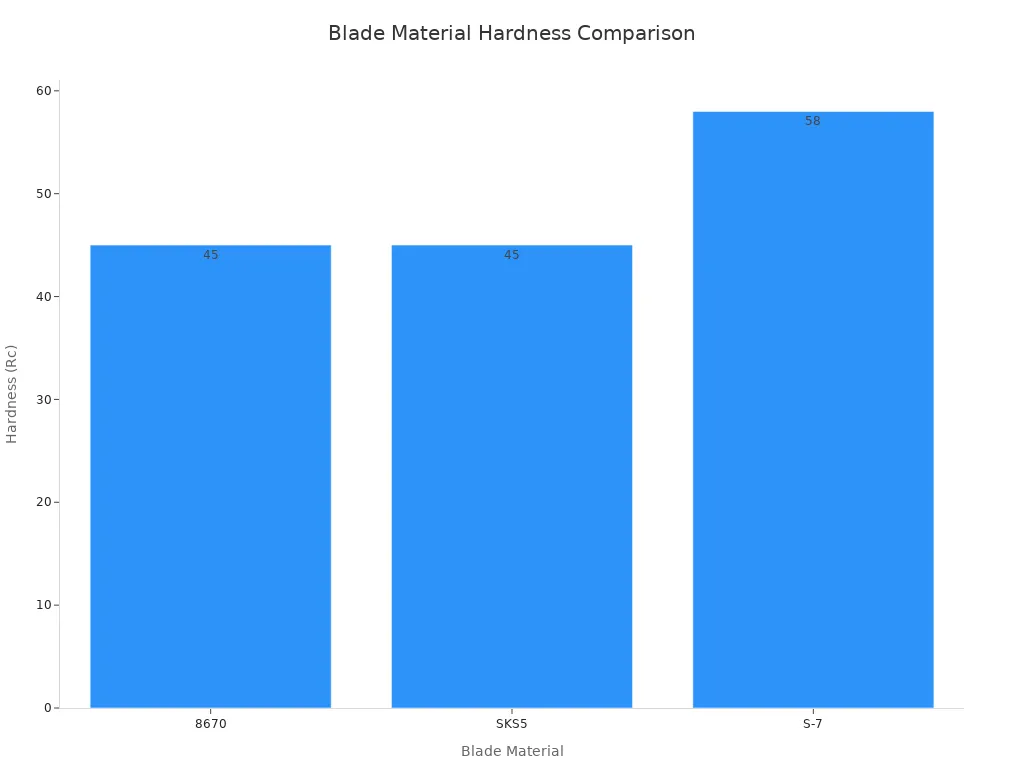
Tip: Check your chipper’s manual for blade type. Replace blades when you notice dull chips or slow cutting.
Chip Length
Chip length matters more than you might think. When your chipper slices branches, it spits out chips in different sizes. Short chips break down fast in compost. Long chips work better for garden paths or mulch.
You can control chip length by adjusting the blade or changing the feed speed. Some gas wood chipper models let you pick the chip size. If you want fine mulch, look for a wood chipper with adjustable settings. If you need bigger chips for landscaping, choose a chipper that makes longer pieces.
Short chips: Good for compost, break down quickly.
Long chips: Great for mulch, last longer on the ground.
A chipper that gives you the right chip length saves you time and effort. You get the results you want for your yard.
Wood Chipper Gas Powered Engine
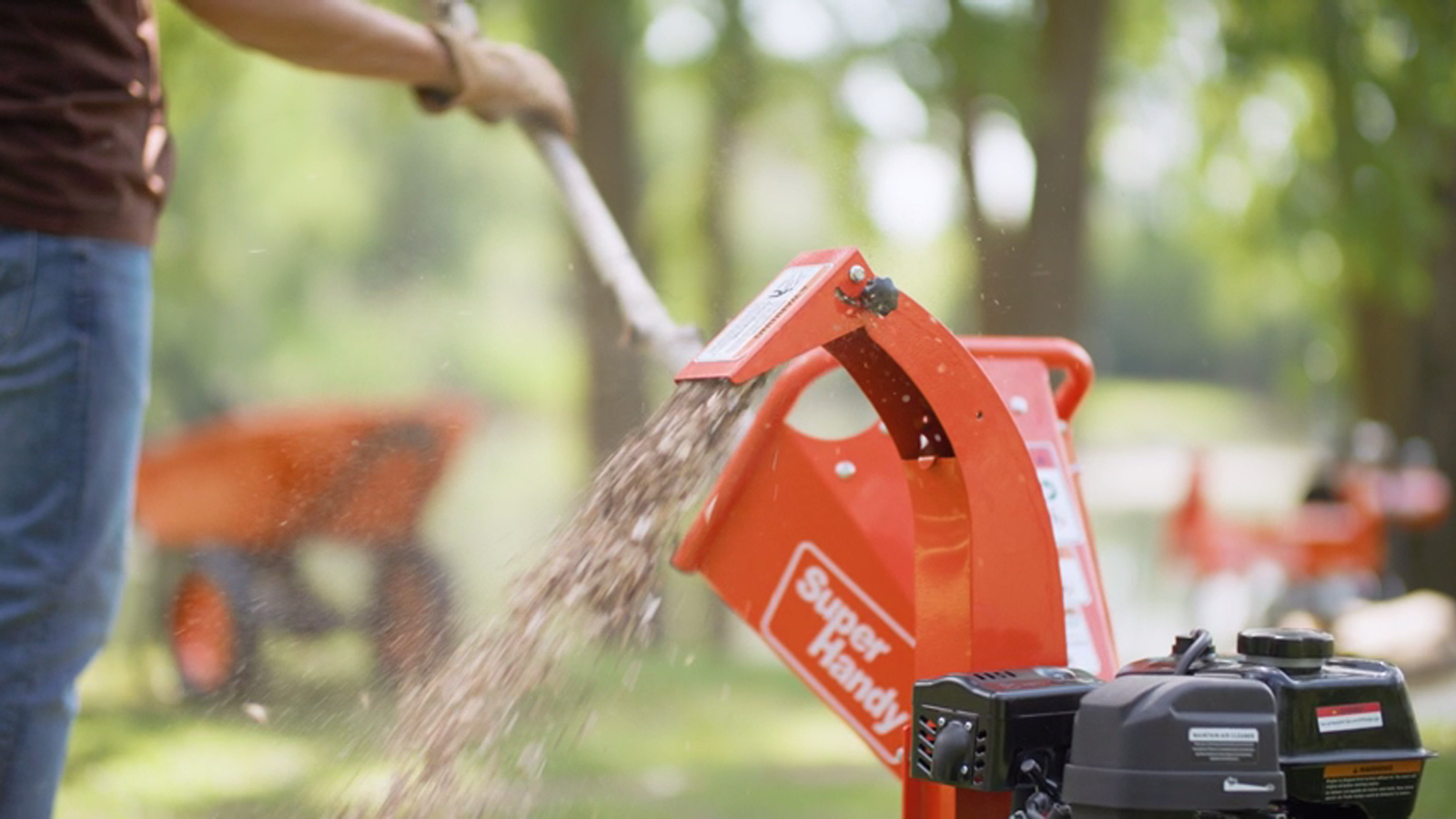
Horsepower
Horsepower is the muscle behind your chipper. If you want to handle thick, tough branches, you need a strong engine. A gas wood chipper with higher horsepower can chew through bigger limbs without slowing down. For example, a 15 HP engine can process branches up to 6 inches thick. Some models, like the TFG55, use twin flywheel technology. This lets a 14 HP engine chip large materials quickly. The main flywheel spins at over 700 RPM, which helps break down branches fast. The second flywheel throws the chips out, so you spend less time clearing jams.
Here’s a quick look at how horsepower matches up with branch size:
Engine HP |
Maximum Branch Diameter |
|---|---|
15 HP |
6 inches |
14 HP |
Larger material faster |
If you have a lot of big trees or thick brush, pick a wood chipper gas powered with more horsepower. You will save time and avoid frustration.
Tip: Higher horsepower means more power for tough jobs, but it can also mean more fuel use. Choose the right balance for your yard.
Performance
Performance is more than just power. You want a chipper that works smoothly every time you start it. When you compare wood chipper gas powered models, look at these key points:
Description |
|
|---|---|
Engine Size |
Bigger engines handle heavy-duty work. Smaller ones suit light yard jobs. |
Reduction Ratio |
Higher ratios mean less debris to haul away. |
Durability |
Strong parts last longer and handle tough debris. |
Safety Features |
Emergency stops and overload protection keep you safe. |
Portability |
Easy-to-move chippers save your back and fit in tight spaces. |
You may run into engine issues sometimes. Here are some common problems and how to fix them:
Check if the ignition switch is on.
Make sure the fuel shut-off valve is open.
Use fresh fuel and replace old gas.
Clean the spark plug if the engine won’t start.
Keep oil between 600ml and 650ml.
Clean the carburetor if the engine sputters.
A gas powered wood chipper with a reliable engine keeps your yard work on track. You get more done with less hassle. Always check the specs and reviews before you buy a new chipper.
Safety Features
Safety Mechanisms
When you use a chipper, you want to feel safe every time you start the engine. Modern chipper models come packed with safety features that help protect you from accidents. You should always check for these before you buy a gas wood chipper.
Here’s a quick look at the most common safety features you’ll find:
Safety Feature |
Description |
|---|---|
Feed tray extensions |
Keeps branches from flying back at you. |
Rubber curtains in front of the chute |
Stops debris from shooting out toward you. |
Feed control bars |
Lets you stop or reverse the feed rollers fast. |
Pressure-sensitive bottom feed stop bars |
Shuts down the chipper if it senses pressure. |
Panic bars |
Stops the hydraulic system right away. |
Emergency pull ropes |
Lets you reverse the feed rollers in a hurry. |
You can see how these features work together to keep you safe. For example, rubber curtains and feed tray extensions block flying chips. Panic bars and emergency pull ropes give you control if something goes wrong. These safety mechanisms make a big difference in accident prevention.
Industry data shows that fixed and movable guards, stop bars, and emergency stop buttons help reduce injuries. Guards close off dangerous areas. Stop bars let you shut down the chipper quickly if you need to. Emergency buttons and pull ropes are easy to reach, so you can act fast.
User Protection
You want to avoid injuries when you use a wood chipper. The most common accidents happen when someone gets caught in the feed mechanism or gets hit by a loose hood. You should never reach into the infeed hopper. Always stand clear of moving parts.
Here’s a table showing frequent causes of injury:
Cause of Injury |
Description |
|---|---|
Caught in the feed mechanism |
You can get pulled through the knives if you reach in or fall. |
Struck by the chipper disc hood |
You might get hit if the hood comes off because of poor maintenance. |
To protect yourself, always wear gloves, safety glasses, and ear protection. Keep your hands and feet away from the infeed chute. Make sure all guards and curtains are in place before you start the chipper. If you see any damage, fix it before you use the machine.
Tip: Never work alone with a chipper. Ask someone to stay nearby in case you need help.
Safety features and smart habits keep you safe while you work. You get peace of mind and finish your yard work without worry.
Maintenance and Parts
Routine Care
You want your chipper to last for years. Routine care makes a big difference. Start by checking all fasteners before you use your chipper. Loose bolts can cause vibration and damage. Lubricate moving parts often. This keeps everything running smoothly and reduces wear. If you plan to store your chipper for a while, drain the fuel and run the engine dry. Stale fuel can clog the engine and make it hard to start next season.
Store your chipper in a dry spot. Moisture can rust metal parts and freeze moving pieces. Here are some easy tips to keep your chipper in top shape:
Lubricate moving parts regularly.
Drain fuel and run the engine dry before long storage.
Check and tighten all fasteners before each use.
Store in a dry place to avoid rust and freezing.
You should also follow a simple maintenance schedule. Many users complain about forgetting these tasks. Here’s a table to help you remember:
Maintenance Task |
How Often |
|---|---|
Check tire pressure |
Every 25 Hours |
Clean engine exterior and cooling |
Every 25 Hours |
Change engine oil |
Every 25 Hours |
Replace air filter |
Every 25 Hours |
Replace spark plug |
Every 100 Hours |
Tip: Set a reminder on your phone for regular chipper maintenance. You’ll avoid most problems and keep your wood chipper running strong.
Replacement Parts
Sometimes, you need to replace a part to keep your chipper working. Costs can vary a lot. Engines are the most expensive, while screws and brackets cost less than a dollar. Here’s a quick look at typical prices:
Part Description |
Cost |
|---|---|
Engine (CSV 6.5 HP Briggs) |
$379.00 |
Engine (CSV 4 HP Honda) |
$429.00 |
Engine (CSV 5 HP Honda) |
$679.00 |
Grinder Housing (9 HP) |
$137.00 |
Wood Chipper Tow Bar Kit |
$180.00 |
Standard Size Leaf Collection Bag |
$60.00 |
Chipper Cover |
$85.00 |
Engine Mount Axle (9 HP) |
$93.00 |
Parts Kit (Hopper Black) |
$121.00 |
Screws and Brackets |
$0.50 |
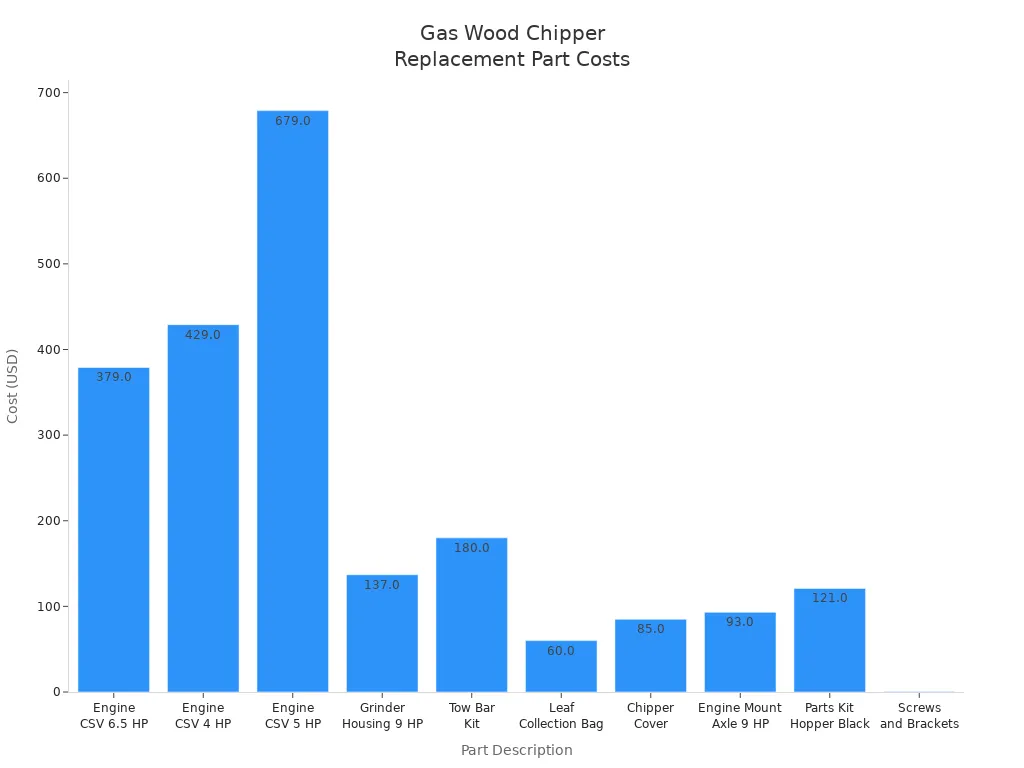
If your chipper won’t start or loses power, check the ignition switch, fuel valve, spark plug, and oil level. Clean the carburetor if the engine sputters. Most problems have simple fixes. You can save money by doing small repairs yourself.
Note: Always use genuine parts for your gas wood chipper. Cheap replacements may not last and can damage your machine.
Routine care and smart part replacement keep your chipper ready for action. You spend less time fixing and more time chipping.
Practical Considerations
Portability
You want a chipper that moves where you need it. Some gas powered chipper models are big and heavy, but many are easy to move around your yard. You can tow some chippers with an ATV or a truck. Smaller ones let you roll them by hand. If you have a small garage or shed, look for a compact wood chipper shredder. For example, the Patriot chipper shredder measures just 24 inches wide, 35 inches long, and 37 inches high. It weighs only 139 pounds, so you can fit it in a minivan or SUV.
Here are some features that make a chipper easy to move:
Lightweight design for less lifting.
Compact size for tight spaces.
Large wheels for rolling over grass or gravel.
Tow bars for hitching to vehicles.
Check out this table to compare some popular models:
Model |
Weight |
Wheel Size |
|---|---|---|
3-Inch Chipper Shredder |
12 in |
|
DR Chipper Shredder |
188 lb |
14 in |
3-in. Chipper Shredder |
114 lb |
12 in |
A lighter chipper fits in more places and takes up less room in your garage. You can move it by yourself or with a friend. Choosing the right chipper means you spend less time struggling and more time working.
Noise and Emissions
Gas wood chippers get the job done fast, but they can be loud. Most gas models make between 85 and 95 decibels of noise. That’s much louder than electric chippers, which usually run at 65 to 75 decibels. If you live in a quiet neighborhood, this matters.
Type |
Noise Level (dB) |
|---|---|
Gas Chippers |
85-95 |
Electric Chippers |
65-75 |
Many cities have rules about when you can use a wood chipper. You might only be allowed to run your chipper Monday through Friday from 8 a.m. to 5 p.m. On weekends, you may need to wait until 10 a.m. The noise from a chipper cannot go over 100 decibels. These rules help protect people from noise pollution, which can hurt your health and your neighbors’ well-being.
Tip: Wear ear protection when you use a chipper. Let your neighbors know before you start, especially if you plan to use your chipper for a long time.
Gas wood chippers also create emissions. If you care about air quality, check for models with cleaner engines. Choosing the right chipper helps you follow local rules and keeps your yard work stress-free.
Before you buy a gas wood chipper, make sure you check the key features. Use this checklist to help you compare models:
Capacity: Look at the largest branch size the chipper can handle.
Blade quality: Choose a chipper with a strong, sharp blade.
Engine type: Pick the right engine for your yard size.
Extra features: Think about things like tow bars or collecting bins.
Take your time, compare your options, and pick the chipper that fits your needs best!
FAQ
How often should you sharpen the chipper blades?
You should check your blades after every 10 hours of use. If you see dull chips or notice slow cutting, sharpen or replace the blades. Sharp blades help your chipper work better and last longer.
Can you chip wet or green wood?
You can chip green wood, but it may clog the machine more easily. Wet wood creates sticky chips and can slow down the process. Dry branches chip faster and make cleaner mulch.
What safety gear do you need when using a gas wood chipper?
You need gloves, safety glasses, and ear protection. Wear sturdy shoes and avoid loose clothing. Always keep your hands and feet away from the infeed chute.
How do you store a gas wood chipper in winter?
Drain the fuel and run the engine dry. Clean the chipper and store it in a dry place. Cover the machine to protect it from dust and moisture.
What should you do if your chipper jams?
Turn off the engine right away. Wait for all moving parts to stop. Use a stick or tool to clear the jam—never use your hands. Check for damage before you start the chipper again.


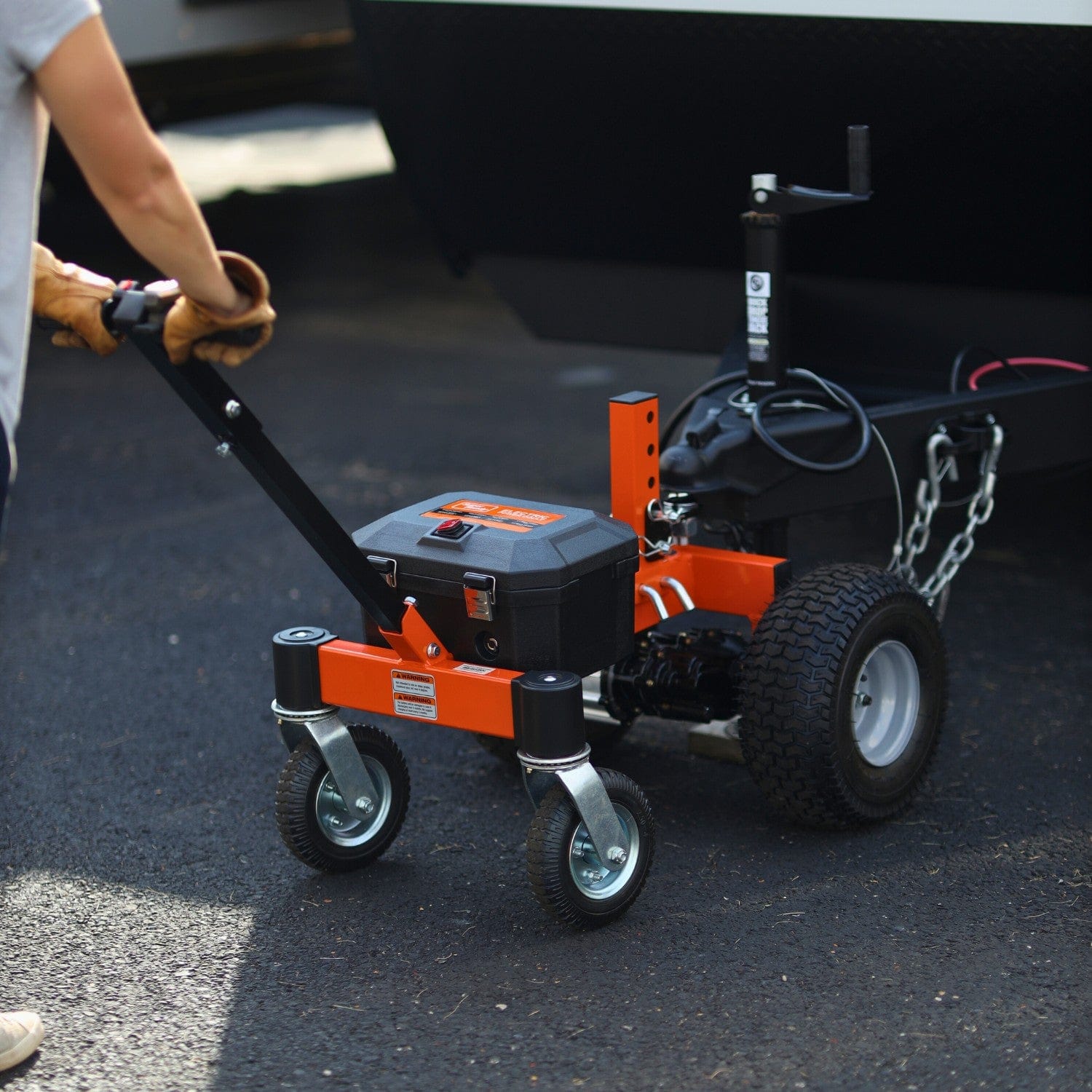
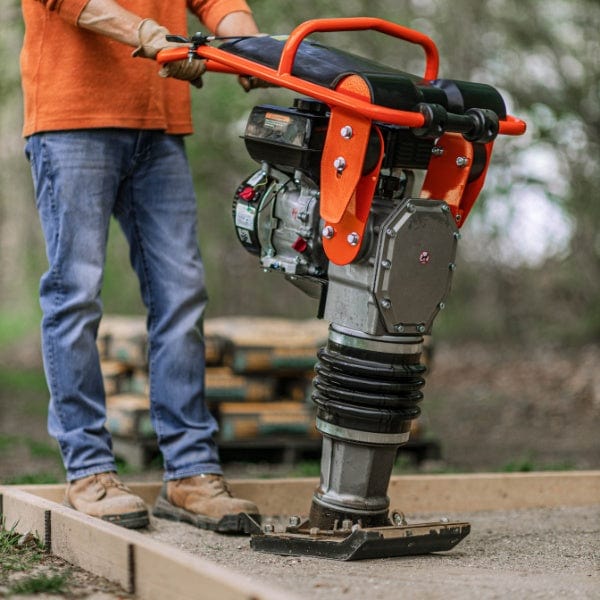
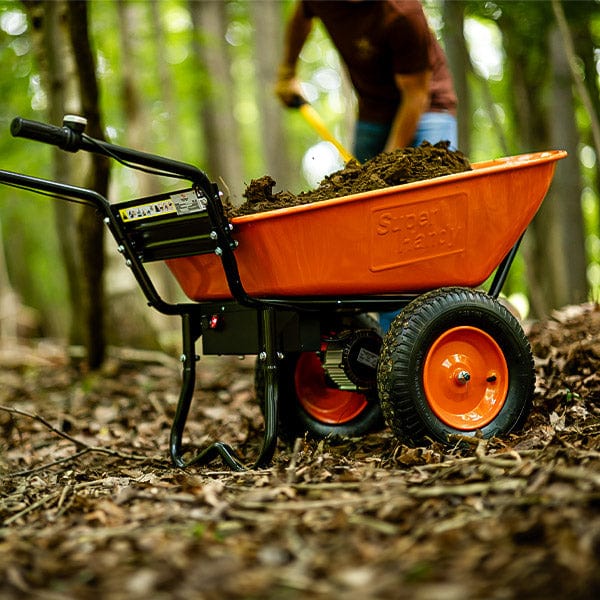


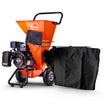
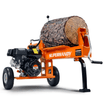

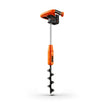
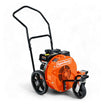
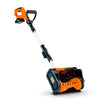
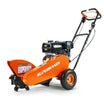
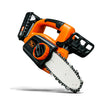
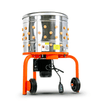
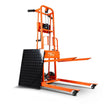
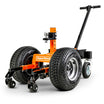
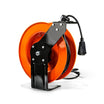
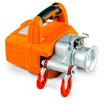
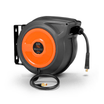

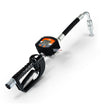
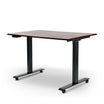
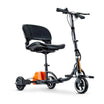
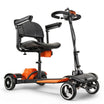
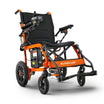


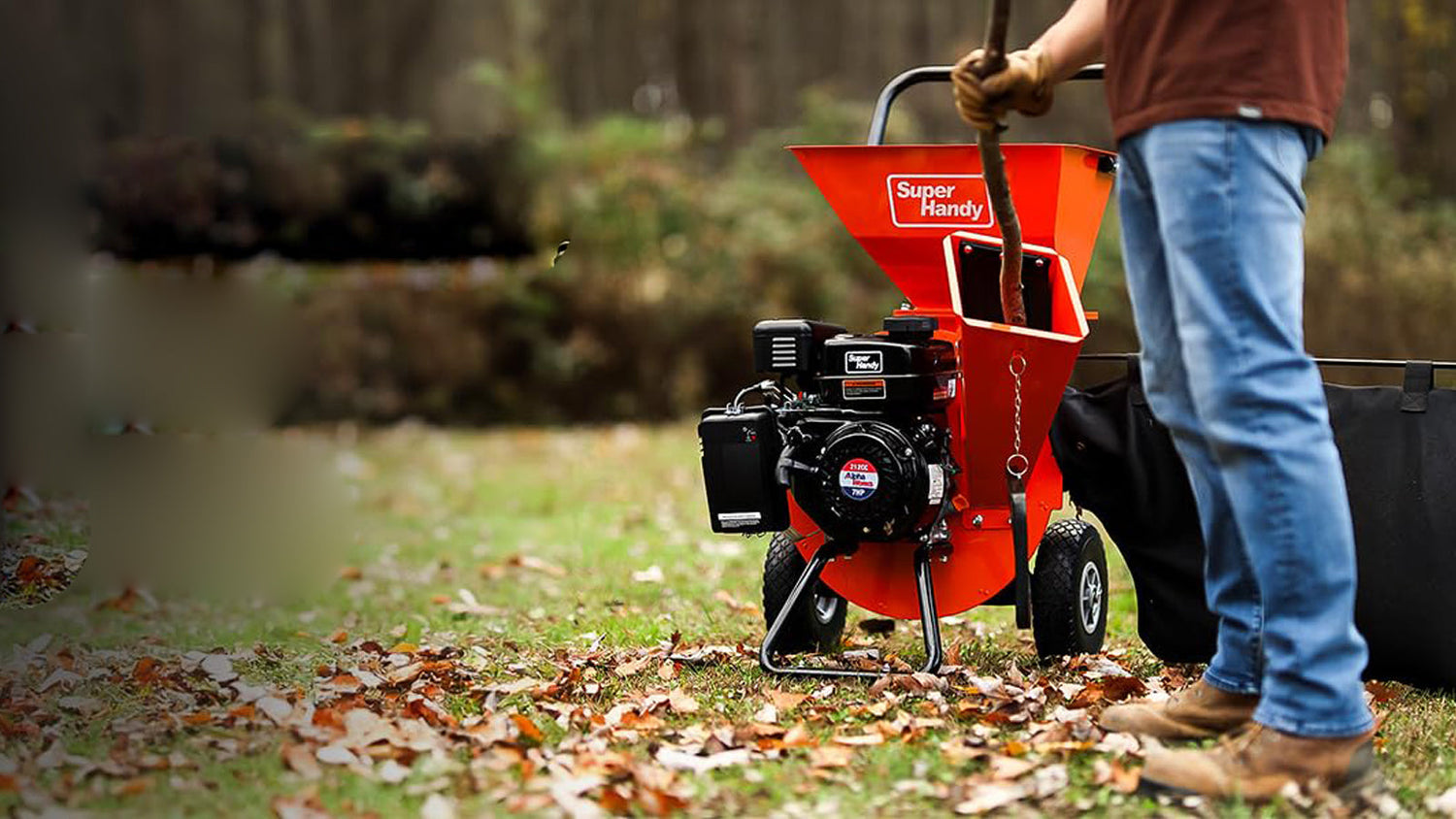
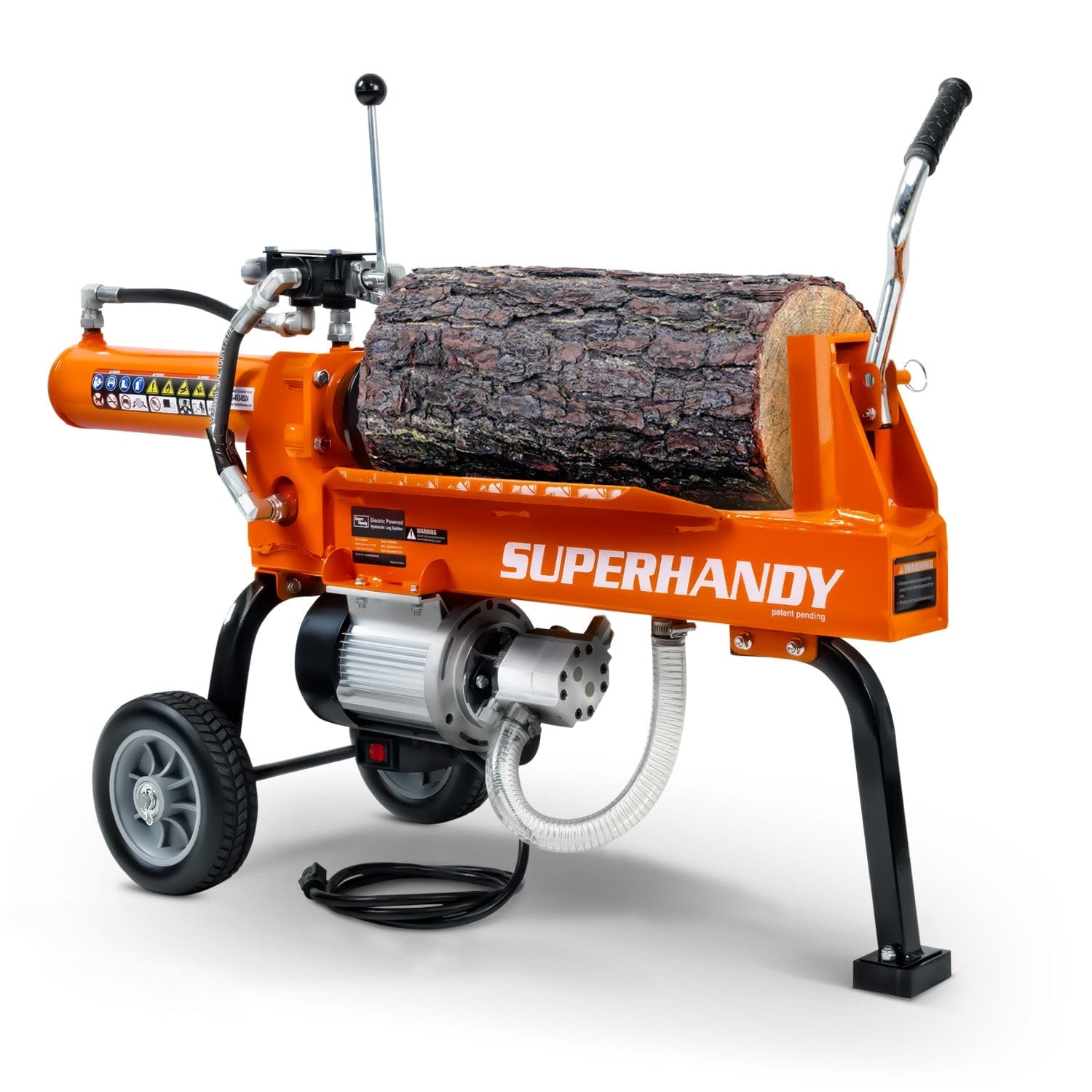
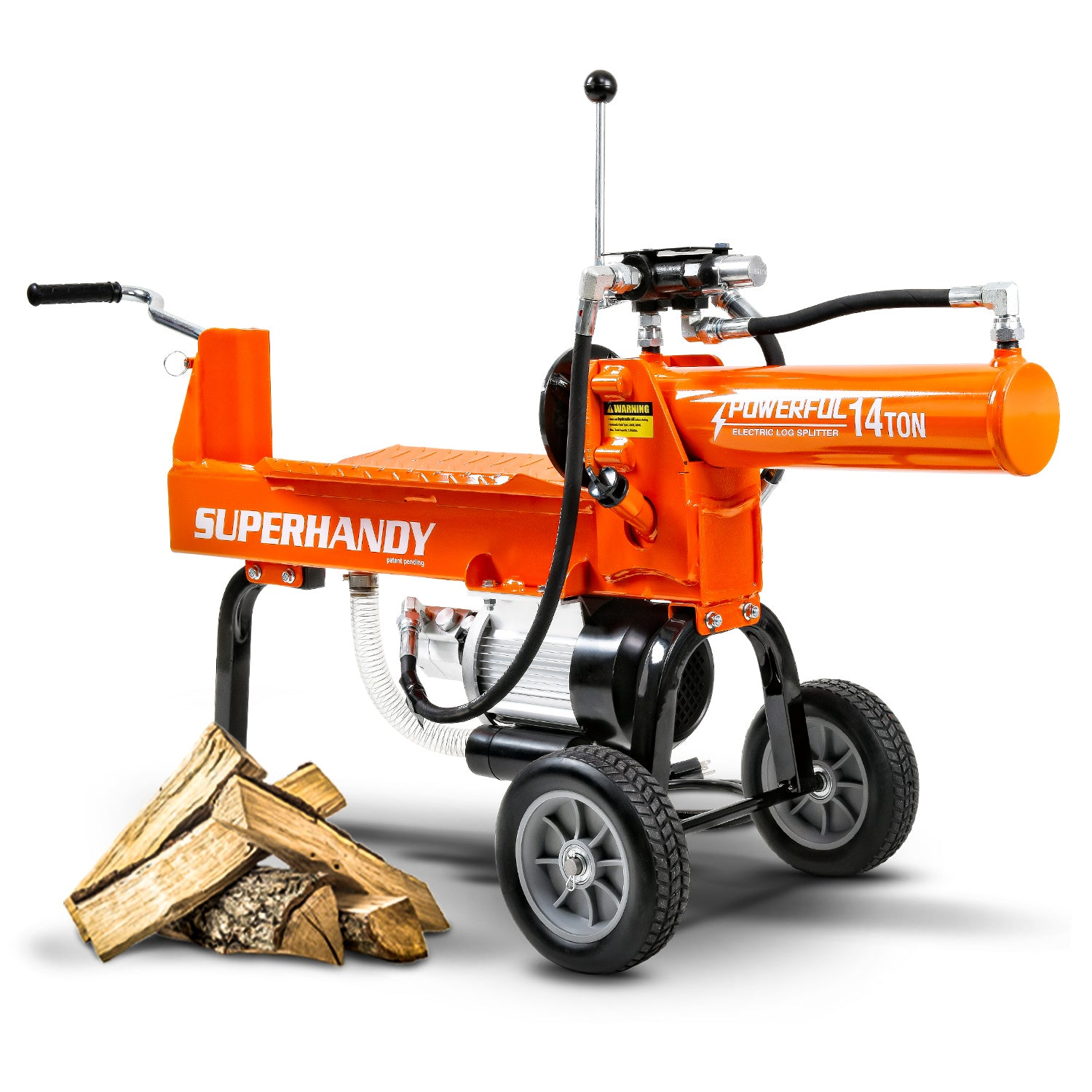
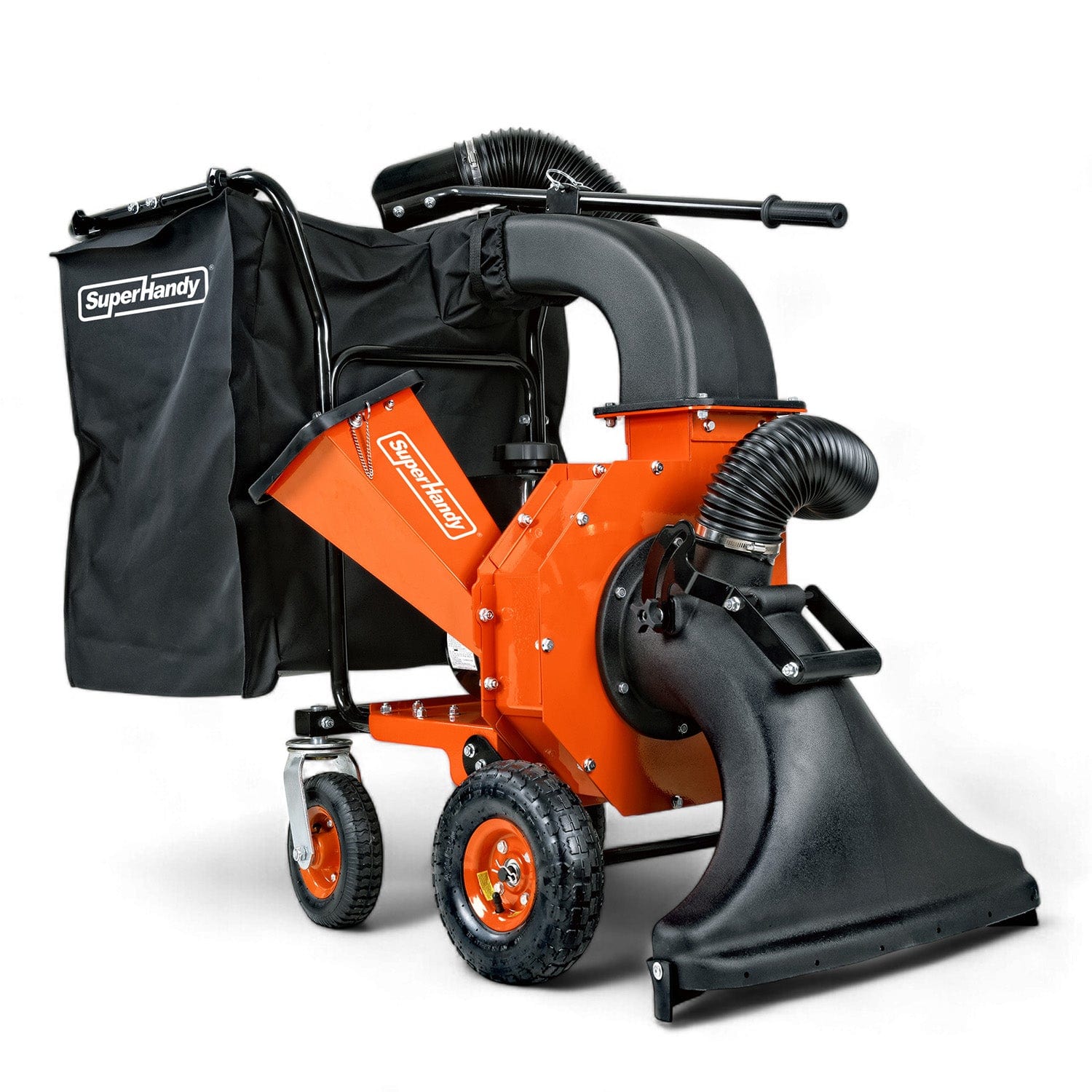
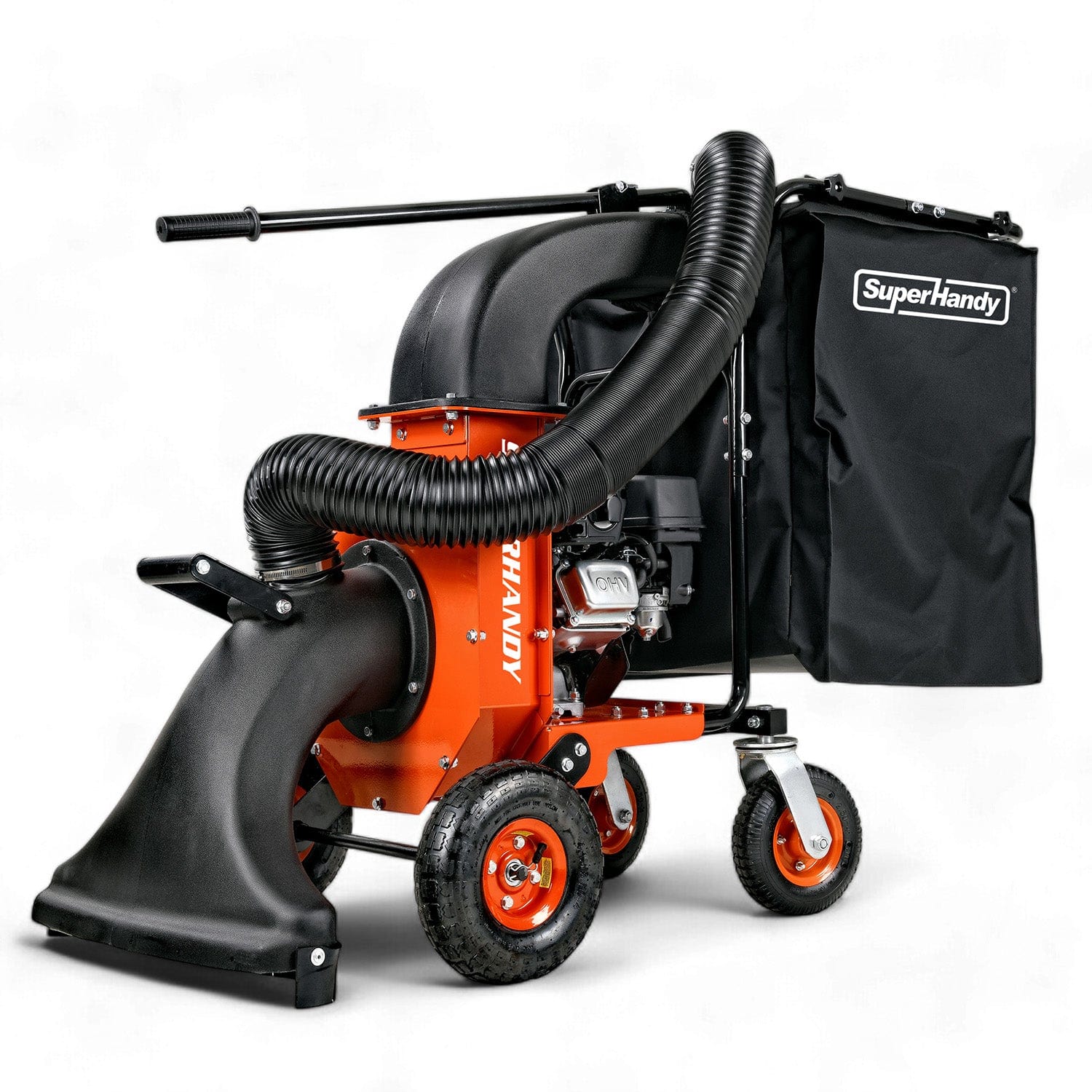
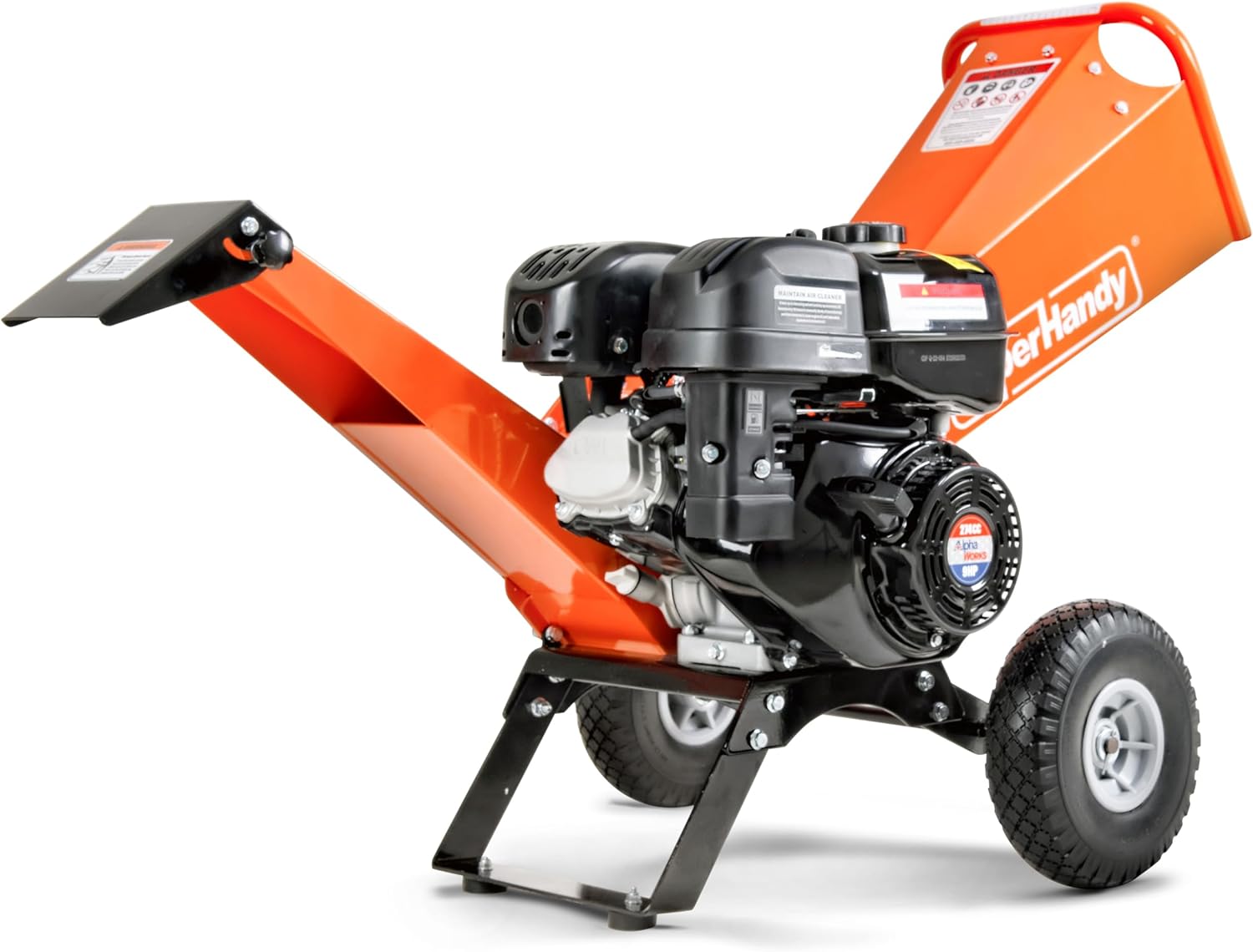
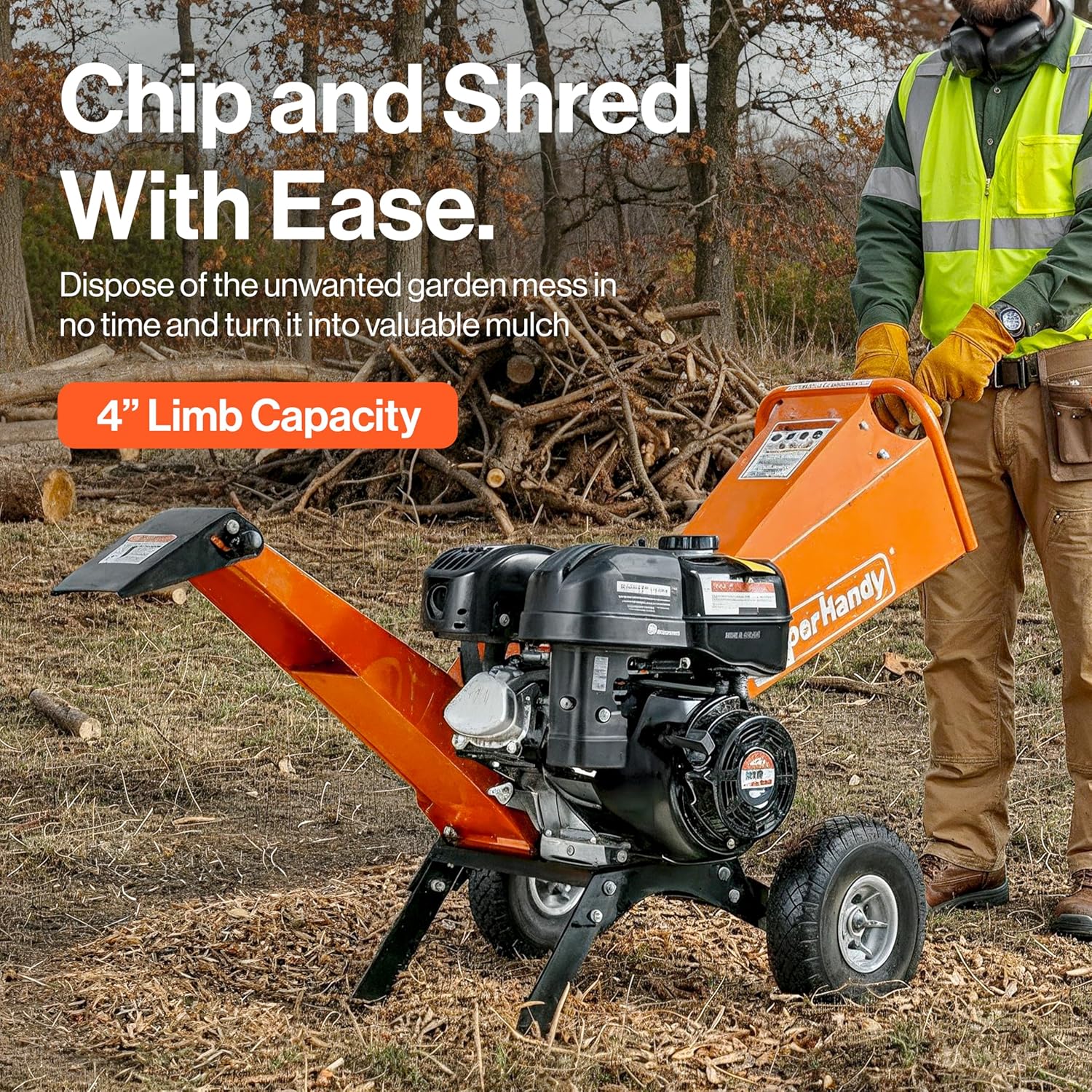
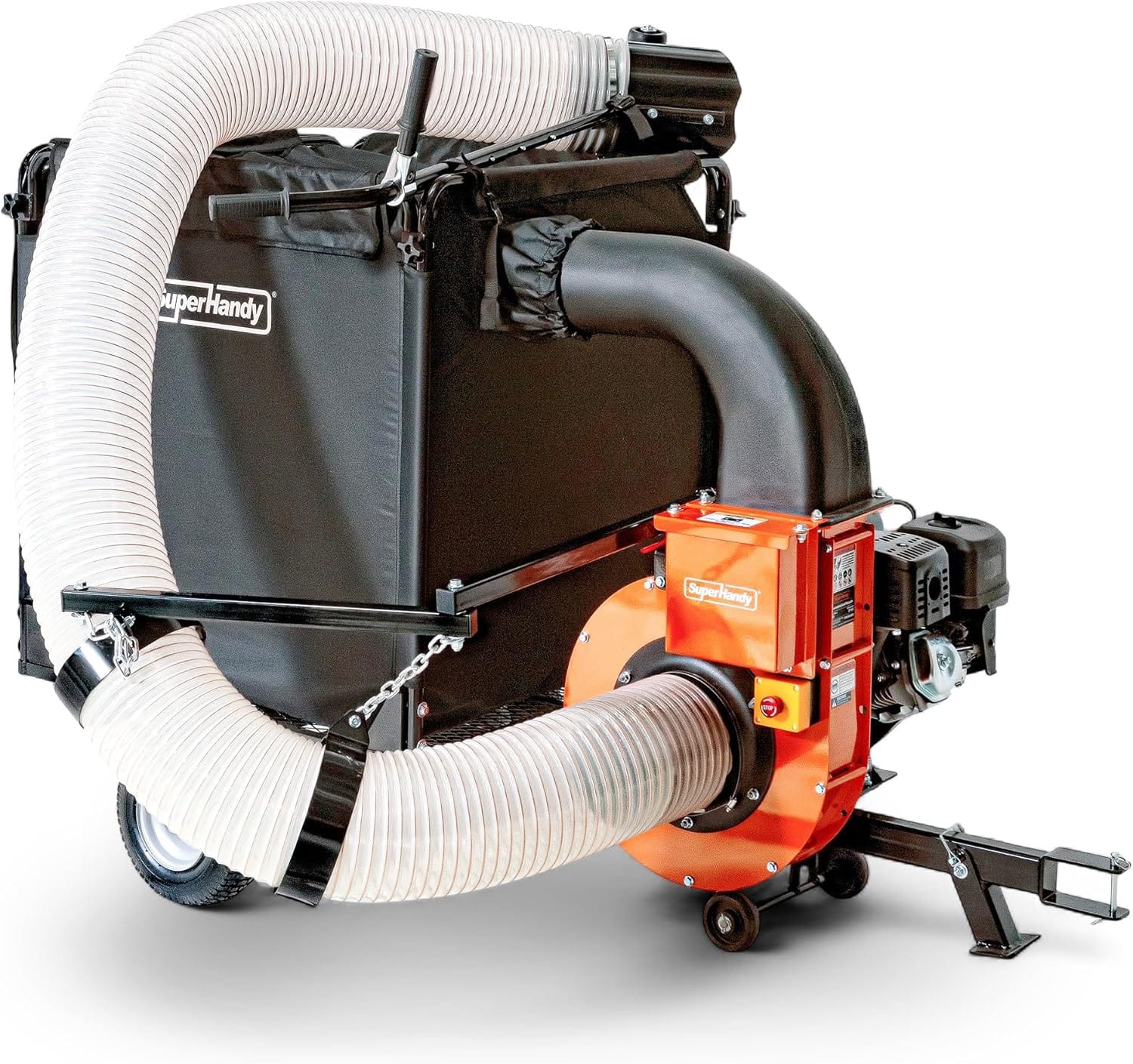
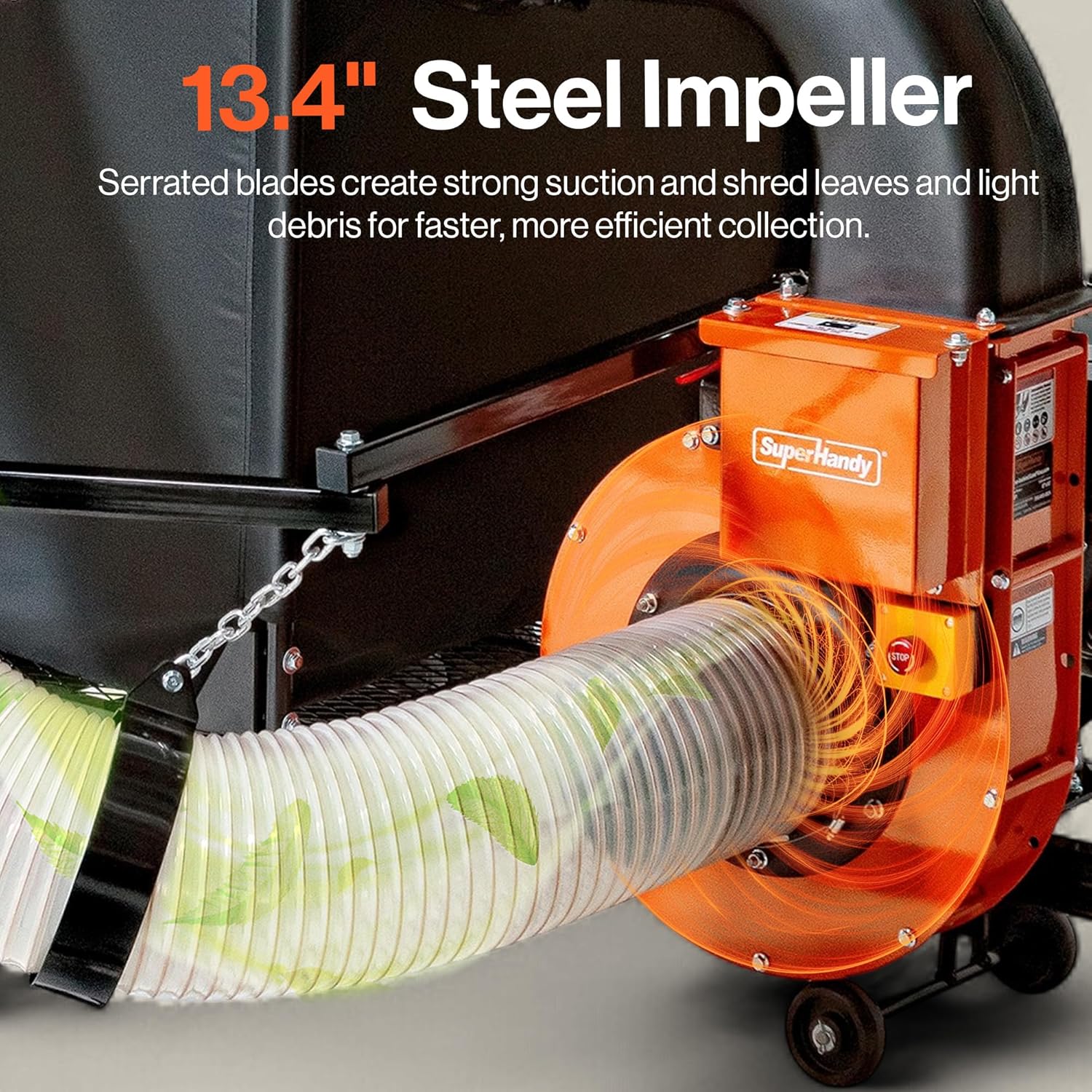
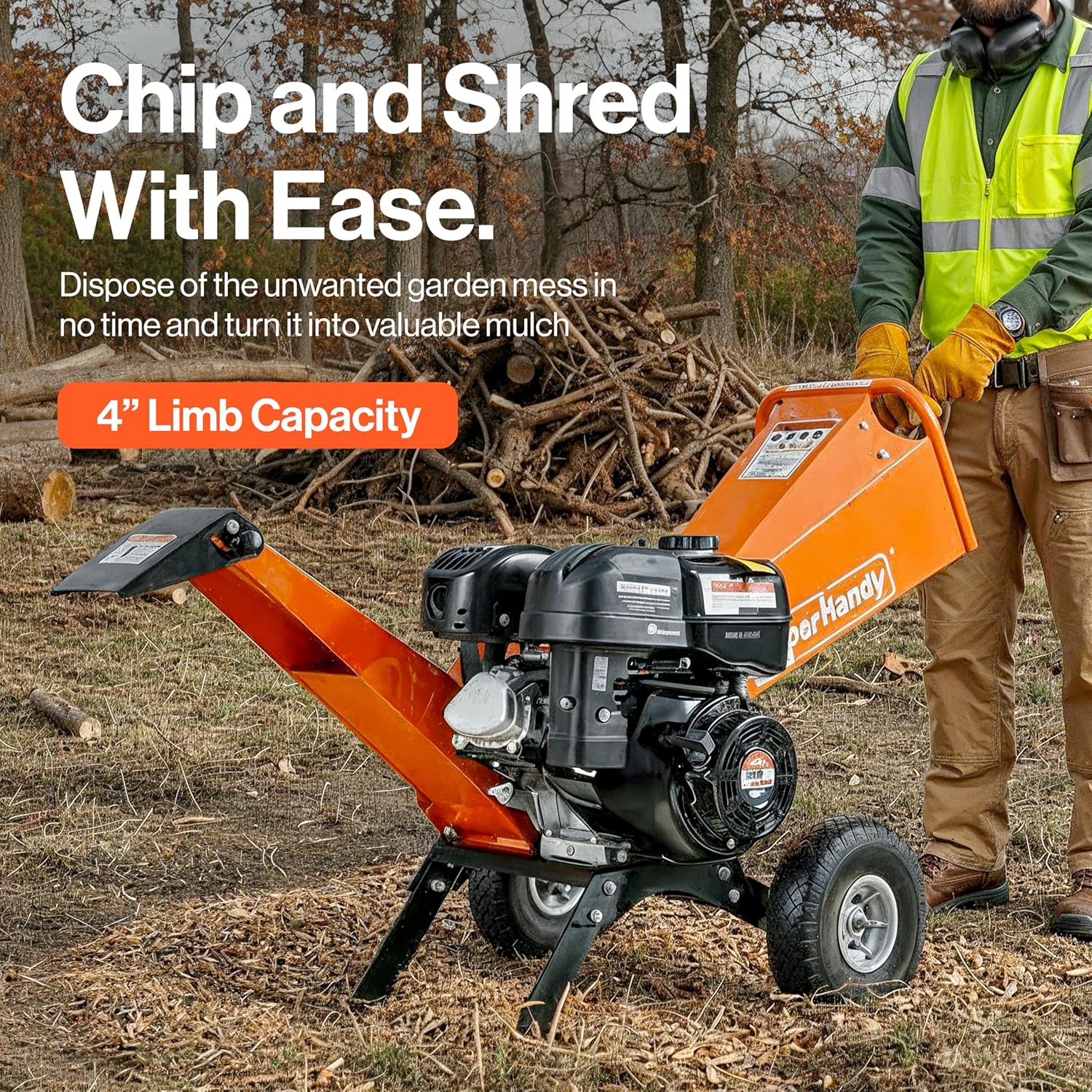
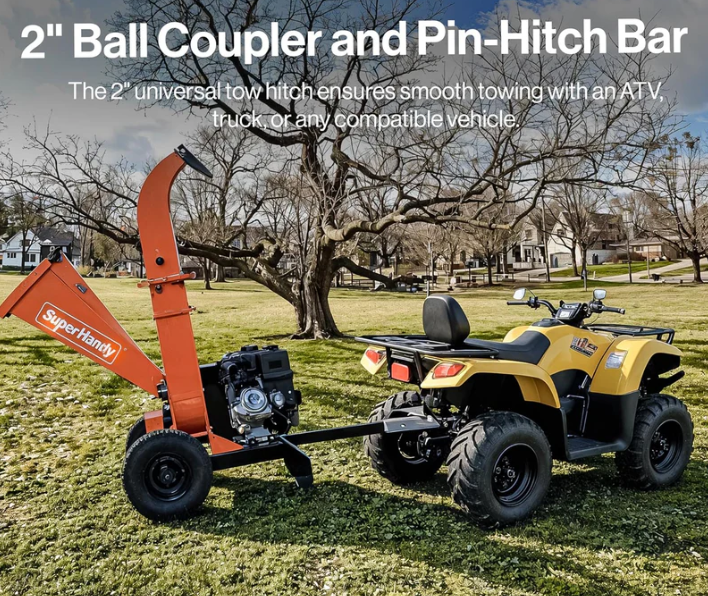
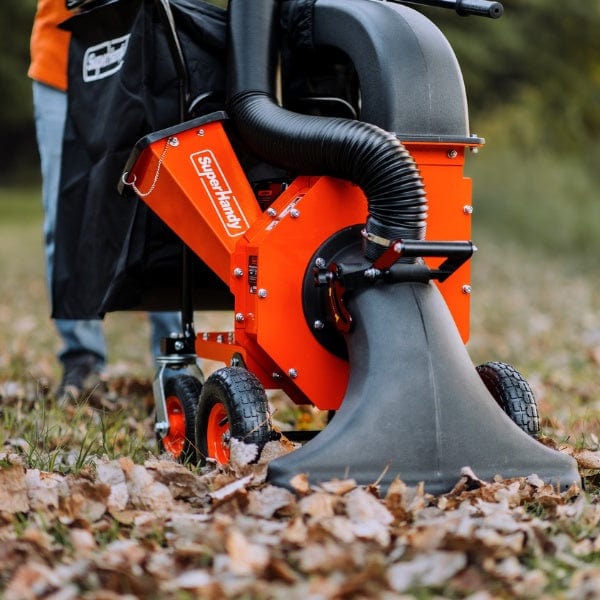
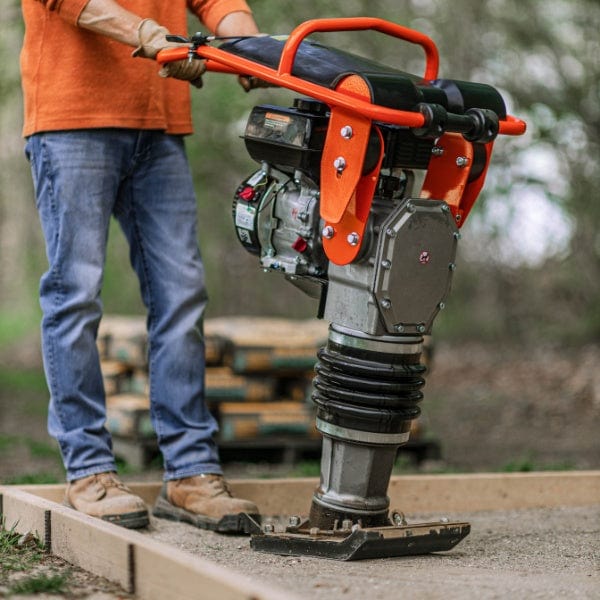

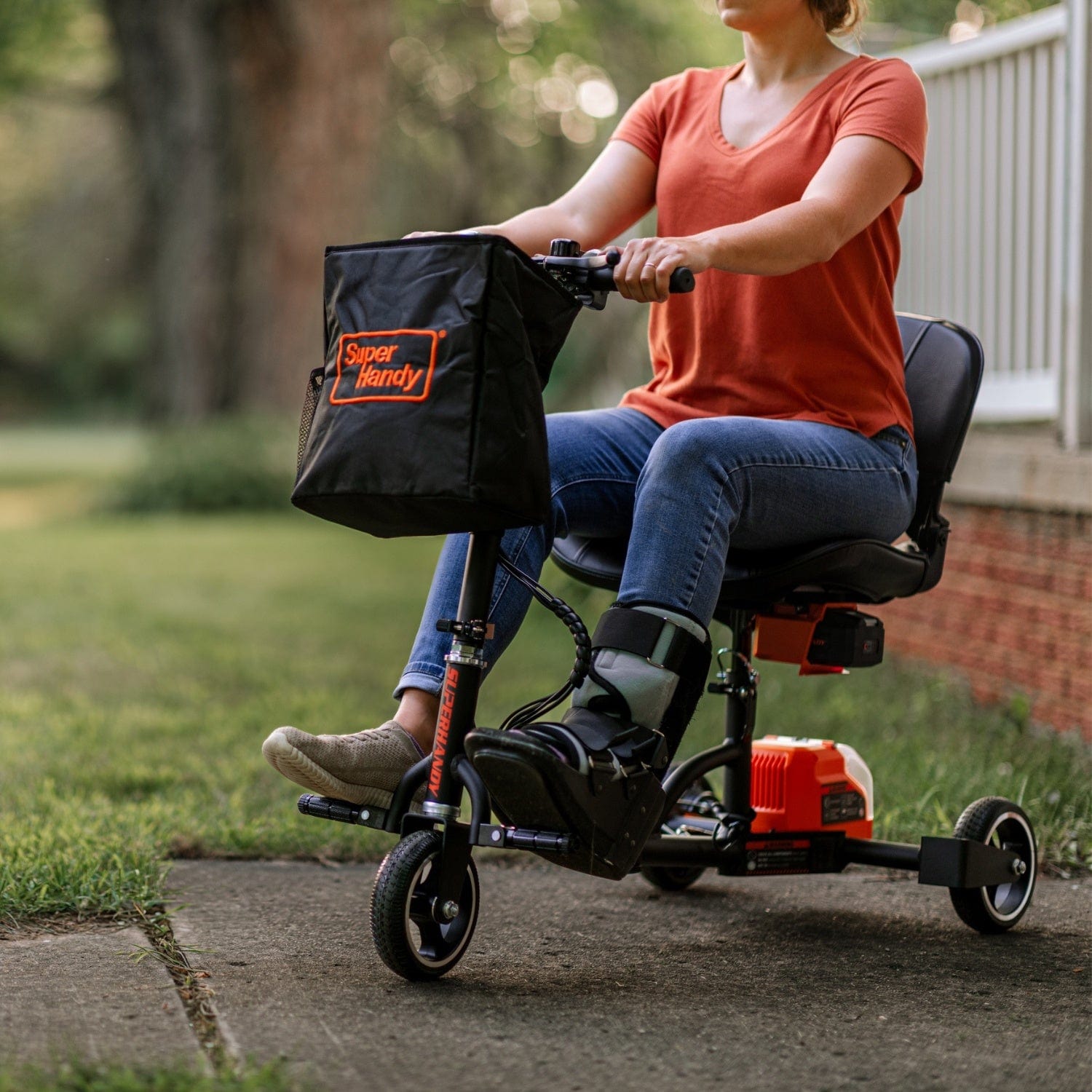
Leave a comment
All comments are moderated before being published.
This site is protected by hCaptcha and the hCaptcha Privacy Policy and Terms of Service apply.